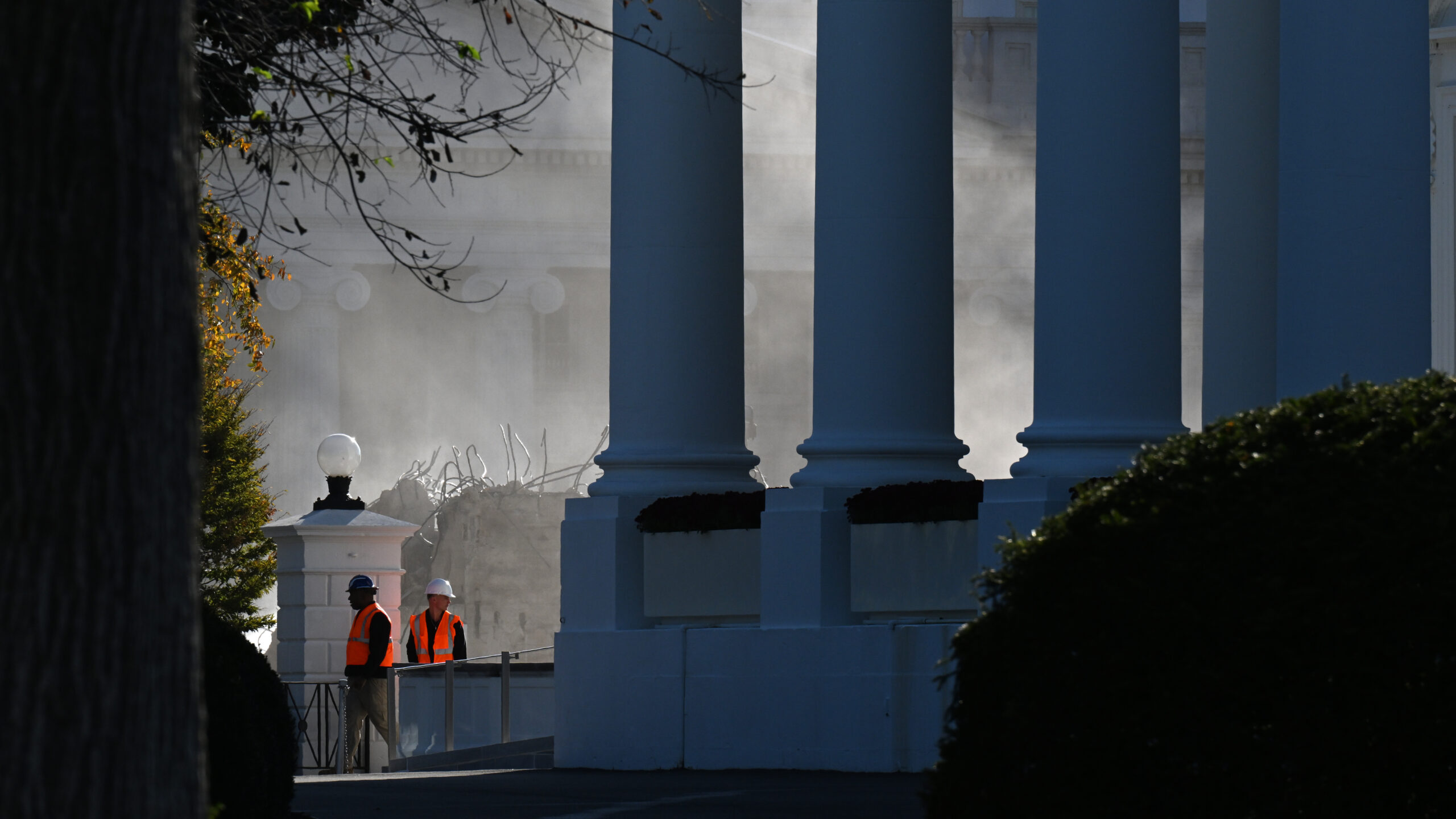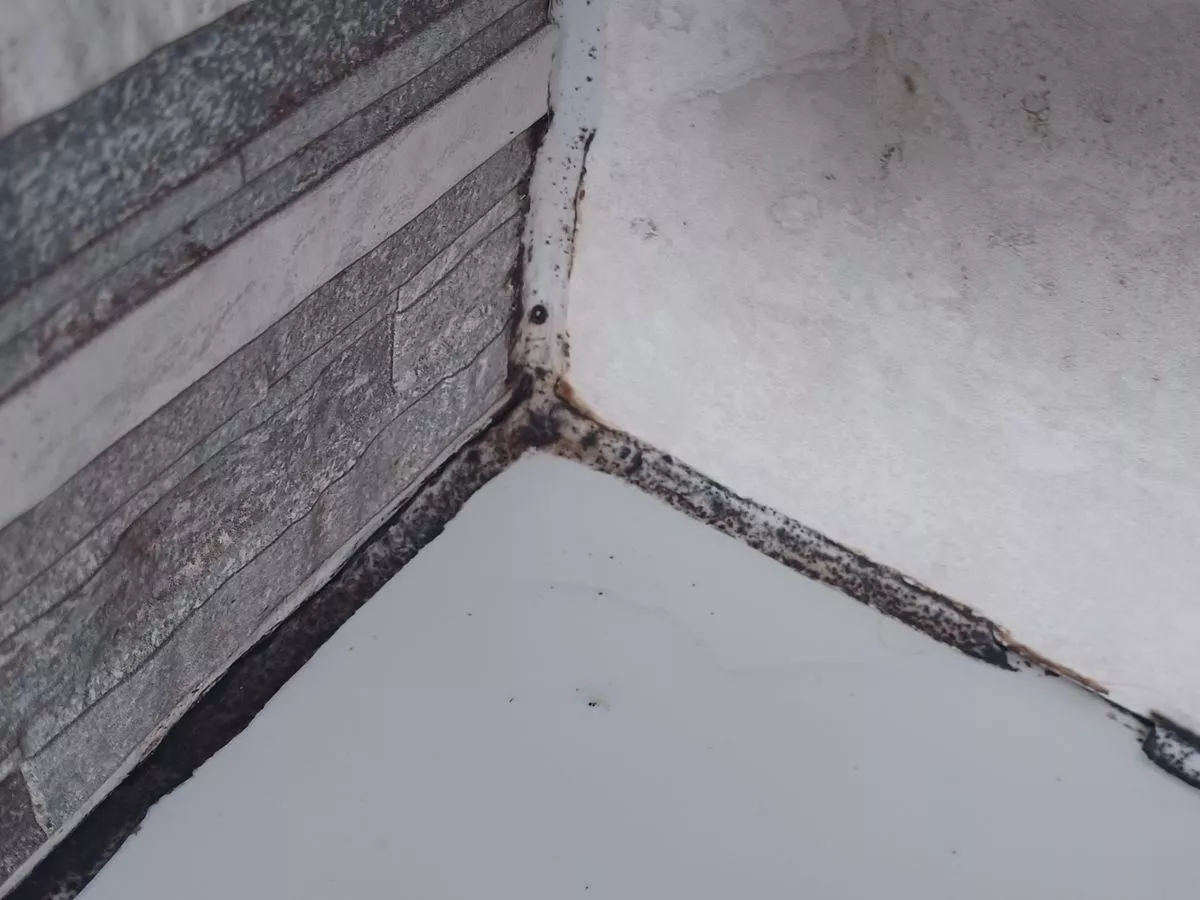Copyright Ars Technica

The speedy demolition of the East Wing of the White House last week has health advocates and Democratic lawmakers seeking answers about what efforts were taken, if any, to keep workers and passersby safe from potential plumes of asbestos that could arise from the destruction, according to a report by The Washington Post. The East Wing was originally constructed in 1902 and was renovated in 1942, and asbestos was used extensively in government buildings during this period, according to the Asbestos Disease Awareness Organization (ADAO), a nonprofit focused on preventing asbestos exposure. Anyone who inadvertently breathes in asbestos fibers launched into the air by construction work could be at heightened risk of lung diseases and cancer. “Every building of this age must undergo full asbestos inspection and abatement before any demolition begins,” Linda Reinstein, president and cofounder of ADAO, said in a press statement. In a letter to the president last week, Reinstein wrote, “Federal law requires comprehensive asbestos inspection, notification, and abatement before any demolition. As of this date, no publicly available information demonstrates that these statutory obligations have been fulfilled.” The Post reported late Thursday that though the White House says abatement work was performed, it has still not released any documentation on the inspections or the work. It has also declined to identify the companies involved, although, based on photographs, ACECO has been identified as the company handling the demolition. Images of the East Wing’s destruction have shown clouds of dust and workers with no personal protective equipment, the Post noted. The site has drawn tourists and crowds. Dirt from the project has been taken by dump trucks to a nearby park. The only mitigation effort that is clear is the use of water hoses, which construction companies use to tamp down hazardous dust clouds. No response On Thursday, Sen. Edward Markey (D-Mass.) sent a letter to ACECO, asking if it followed federal health and safety standards to mitigate risks of asbestos. “ACECO’s work falls squarely within a network of federal regulations governing demolition, hazardous-material handling, and worker protection,” the company wrote. In a separate letter Thursday, Sens. Sheldon Whitehouse (D-R.I.), Martin Heinrich (D-N.M.), and Gary Peters (D-Mich.) sought “lawful transparency” on the demolition, including the asbestos abatement plan. In DC, asbestos abatement processes can only be done by a licensed contractor, who is required to notify the Department of Energy and Environment 10 days in advance of such work, then post notices of asbestos abatement around the area of work three days beforehand. But reporting by the Post found that ACECO is not licensed to abate asbestos in DC. “Our understanding is that as of August 18, 2022, Aceco LLC is no longer engaged in asbestos abatement services,” a DC Department of Licensing and Consumer Protection spokesperson told The Post. “The company’s asbestos abatement license in the District of Columbia was voluntarily canceled by the owner on that date.” ACECO has not responded to questions from media and, amid the White House work, has taken down its website for the most part, only providing a page that says it’s under construction. ADAO’s Reinstein told the Post that the White House has not responded to the organization’s letter. “I learned 20 years ago when I cofounded ADAO, no response is a response,” she told the Post. As Ars Technica has reported, Trump has a startlingly supportive stance on the use of asbestos. In his 1997 book The Art of the Comeback, Trump wrote that asbestos is “100% safe, once applied.” He blamed the mob for its reputation as a carcinogen, writing: “I believe that the movement against asbestos was led by the mob, because it was often mob-related companies that would do the asbestos removal.”



